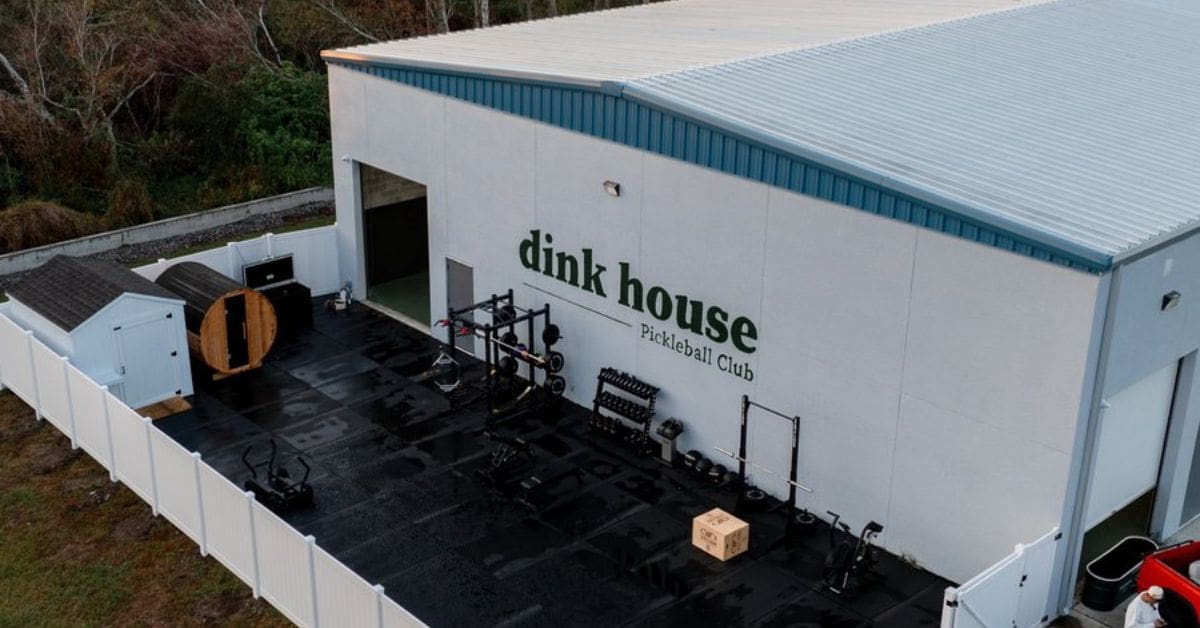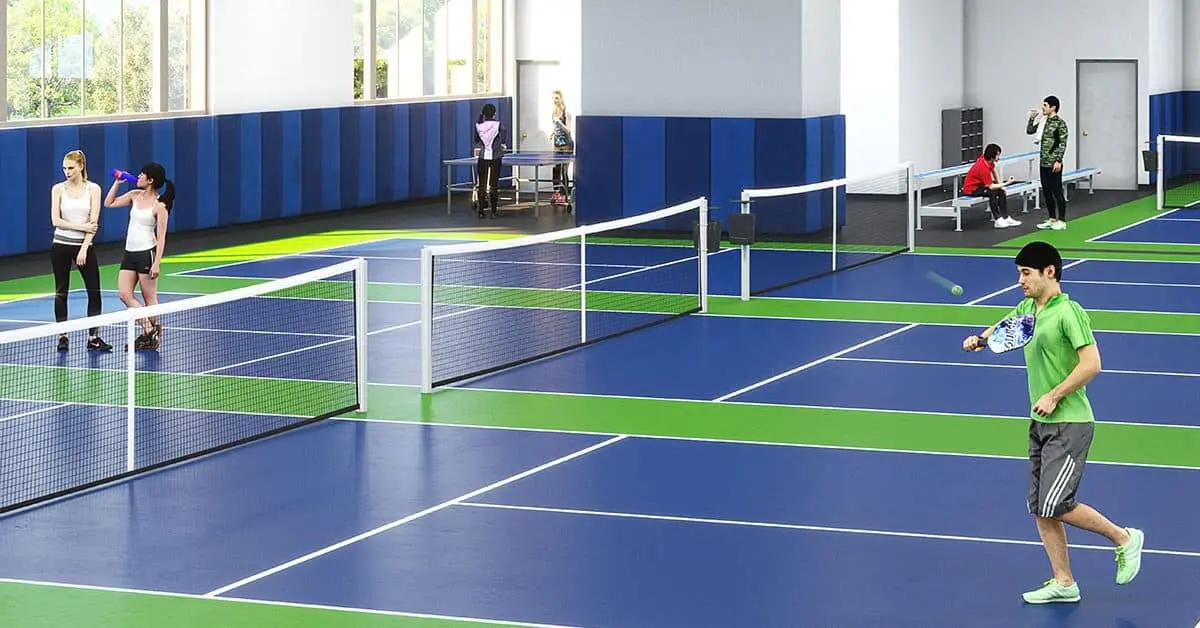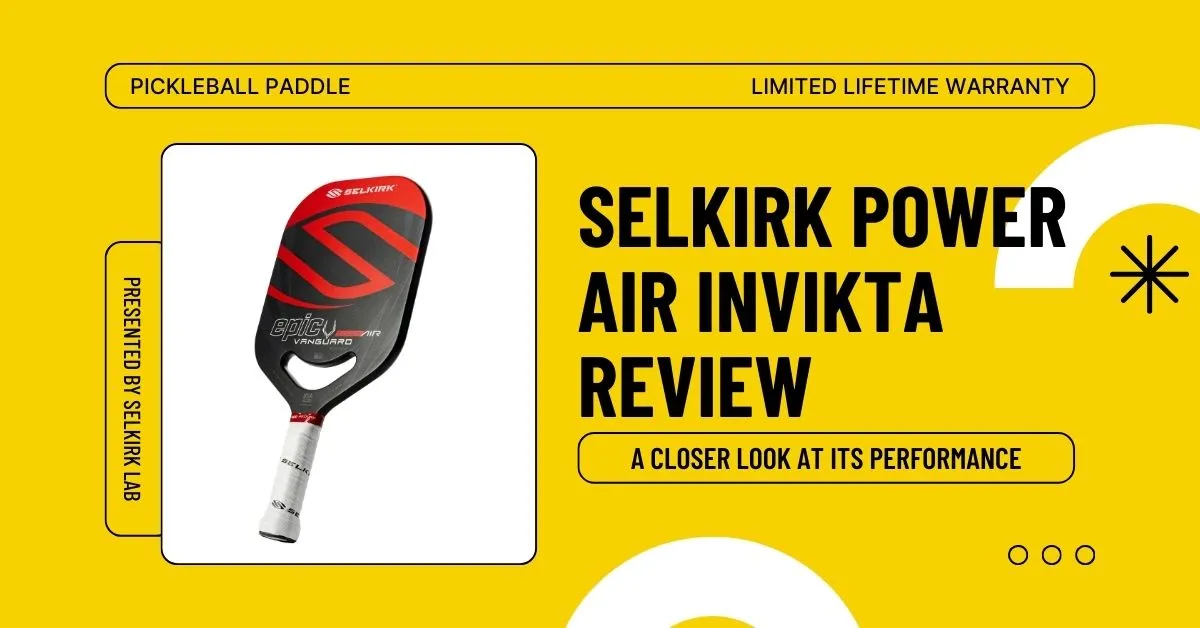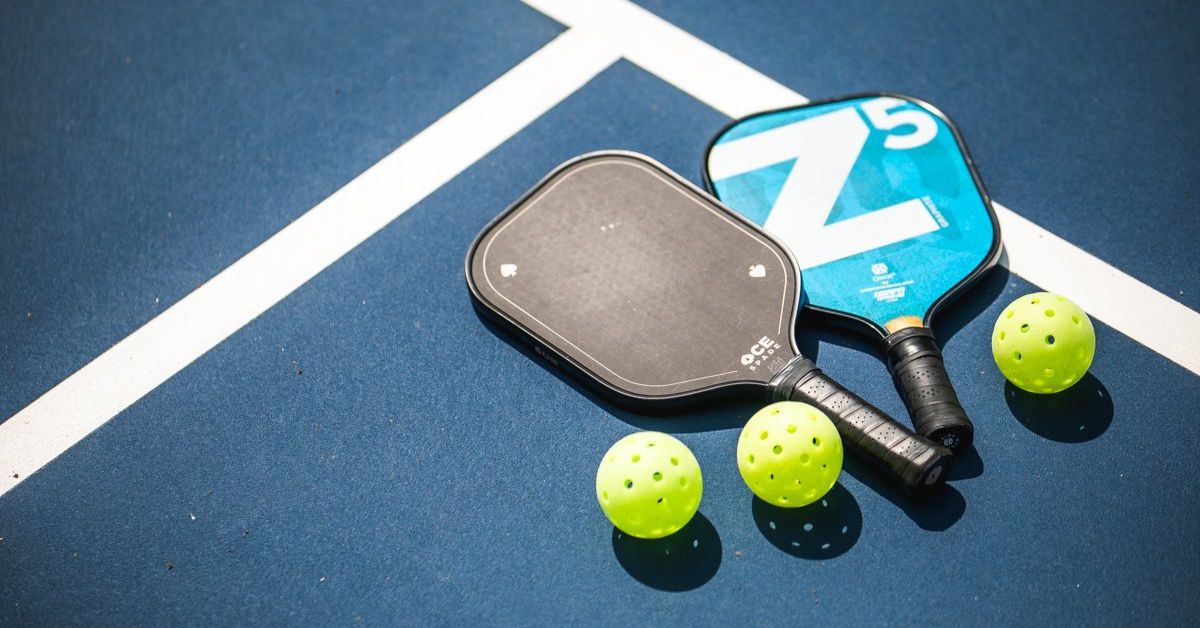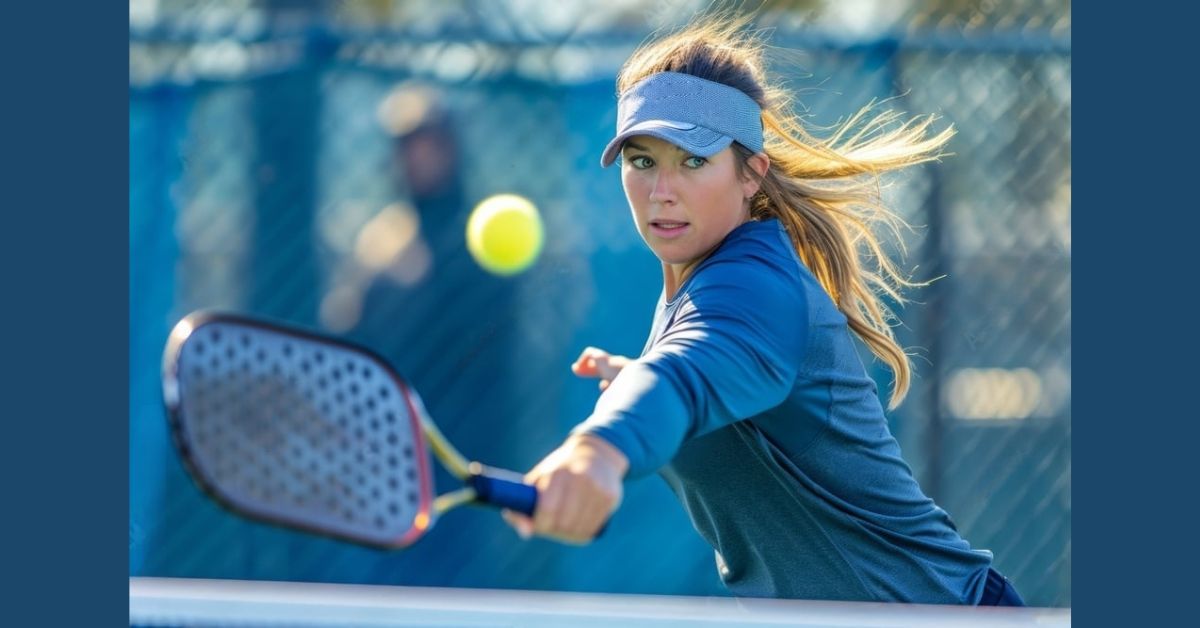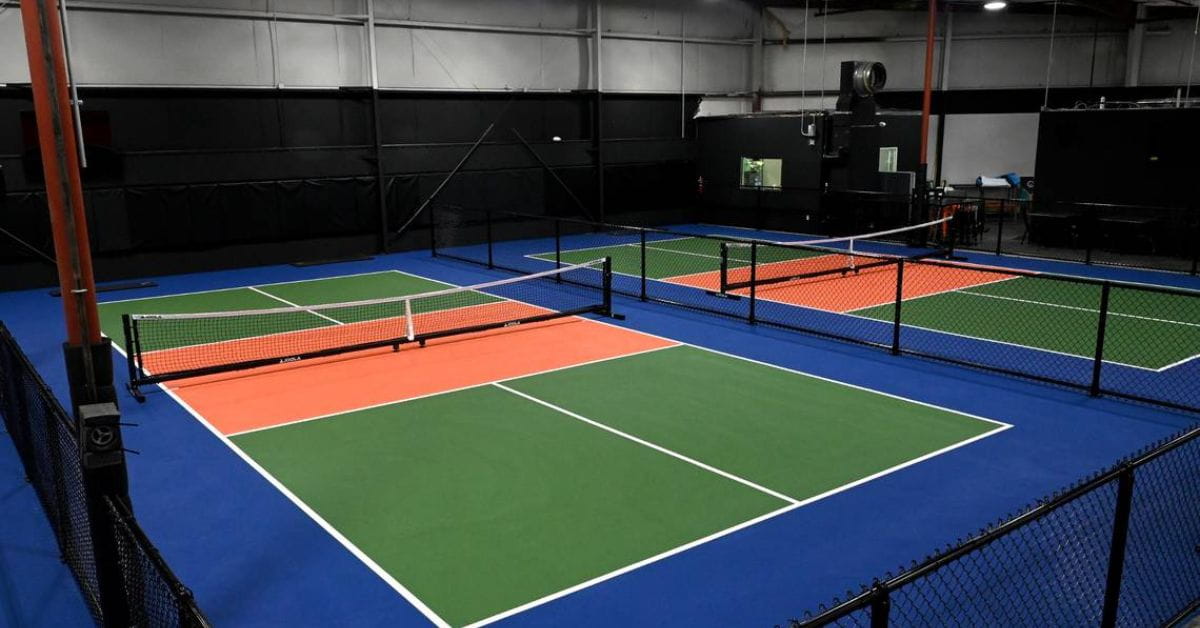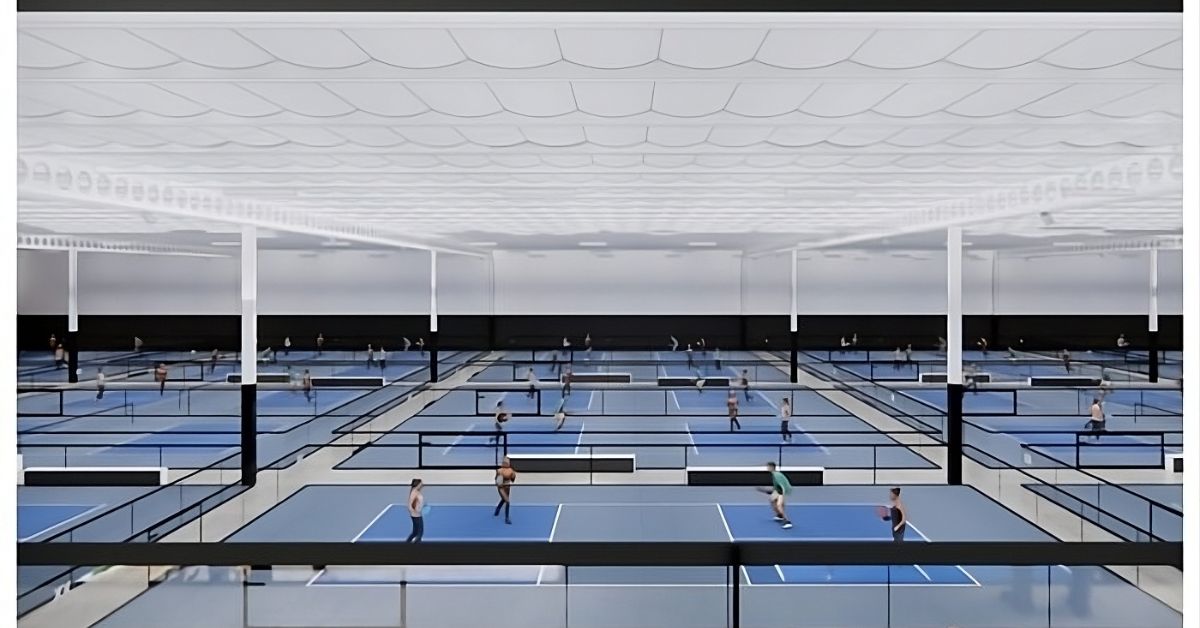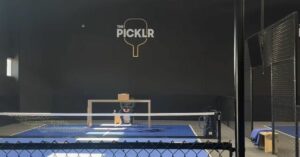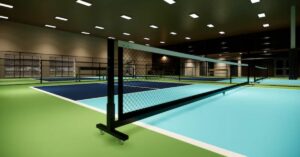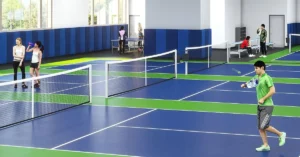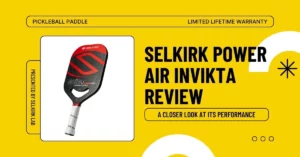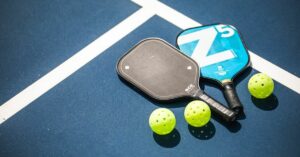Pickleball is a sport that can fit equally well in a family picnic and a competitive arena.
It has all the ingredients required to make it a family-friendly activity. Pickleball engages both children and adults and does not require much equipment. The sport is also notoriously easy to play but keeps participants entertained with clever strategies.
Simultaneously, pickleball also fairs well as a competitive sport. The pickleball rules allow pros plenty of room to devise and perfect gameplay strategies to throw their opponents off.
The sport requires athletic aptitude, fast reflexes, and short thinking time. The rules are straightforward, prompting people to start playing without a fuss.
The reasons above make it a fairly popular sport in the United States, as evidenced by the fact that it has been the fastest-growing sport in the country since 2018.
How do you play pickleball, though? Let us relieve you of your burning curiosities about the sport below and provide tips and tricks on how to start, improve, and enjoy your game.
What Is the Best Pickleball Paddle
You only need a ball, a paddle, and a court site to play pickleball. The first pickleball game ever was played using a ping-pong paddle. The makers of the game then came up with prototypes of the paddle and optimized its shape.

Subsequent versions were bigger paddles made of wood. Then, other materials became available in the market. The first company to commercially produce paddles for pickleball was Pickle-ball Inc., founded by the very people who came up with the sport.
They increased the size of the ping-pong paddle, increased its thickness, and tested a few different shapes to ensure it was more durable than ping-pong paddles.
These paddles have evolved to assist players with more advanced games over the decades. We’ll discuss their evolution and how they make for smoother equipment in the sections below.
Pickleball Paddles
The 2024 USA Pickleball Rulebook is the latest update on paddle specifications permissible in the US Open Pickleball Championships. The rulebook’s rules equip the paddles with the latest features.
Before you venture to buy the best paddle for yourself, you should be ready for much trial and error. The ideal paddle choice depends strongly on your strengths in the game and whether you want to highlight them. Some paddle choices can also help you with your weaknesses. It will take time to learn your best game strategy and then buy a paddle to assist you.
How To Choose the Best Pickleball Paddle
To choose the best paddle for yourself, you must determine your skill level and judge how much power, control, and spin are required to maximize advantage based on those skills.
Let us discuss the key parameters that decide the best pickleball paddle for you:
Power
Power in paddleball gameplay pertains to the force with which you hit the ball across the net. Some players have the physical advantage of using high power and speed to score points against their opponents.
Such players would find that heavier paddles (ounces and over) help them maneuver the ball around the court, exercising their power without making faults like crossing the baseline.
Counterintuitively, we’ve found that thinner paddles help with power play more than thick ones.

Control
Players who like control over where they land the ball to set up their opponents value precision in their strategy. Such players find lightweight or intermediate weights more advantageous to their striking accuracy. Thicker paddles have also shown more control at the pickleball court than thin ones.
Spin
The spin of a ball in pickleball affects its flight time and bounce, which often catches opponents by surprise. It is a critical strength that sets advanced players apart from beginners. Advanced players receive the ball with a flick of the wrist at angles that create rotation as it travels in the air.
The spin in pickleball is affected by the material of the pickleball core. Nomex® and polypropylene cores with honeycomb structures help with sophisticated spins for seasoned players.
Handle Length
Handle length is one factor affecting power, control, and spin. The size of a paddle handle is between 4.5 and 6 inches. Longer handles help master power and spin, while shorter handles aid with control. They also assist players who use two hands to do backhand shots. However, there is a compromise to be reached in pickleball dimensions, which we will discuss below.
Material
Paddle materials are usually plastic polymers, graphite, fiberglass, and wood. There are mixed core paddles also available on the market today. The paddle core material also has an impact on the gameplay. The best paddle core material depends on your skill, intent, and budget.
Nomex® cores are polished with resin, resulting in a strong honeycomb structure that makes them very durable and provides an optimal balance between power and control. Polymer cores are also standard and have a mild noise-resistant hit, making for a smooth playtime.
You’ll find fiberglass paddles in the higher price range, providing an excellent power advantage due to their malleability. Graphite paddles are lightweight and provide superior control with a great touch.
Stay Informed on the USA Pickleball Association (USAPA) Rules
When buying a pickleball paddle, consider the abovementioned parameters to make an informed decision. We are sure they’ll help you land on a paddle made just for you.
Now that we know what makes a paddle great for use, we must inform you of the USAPA rules surrounding the paddle size for competitive games.
Since most manufacturers producing paddles follow USAPA guidelines, you’ll find yourself bound to their size regulations whether or not you choose to compete professionally.
According to USAPA guidelines, a pickleball paddle’s dimensions should not exceed 24 inches. These dimensions pertain to the sum of the length and width of a paddle. This means that for a longer handle length, some players may have to compromise on the size of the paddle core and vice versa.
Pickleball Rules
Pickleball is played as single-player (known as singles) or double-player (doubles) teams. Each team gets the chance to serve and score points against the other. A typical game takes 11 points to win with a 2-point margin with your opponent.
Pickleball Court
The dimensions of a pickleball court are 20 by 44 feet, with two baselines at the longitudinal ends of it. The court length is divided in half by a 36-inch net across which the two teams compete against each other.
Each side of the court has two serving courts: right and left. Each team starts their serve from the right serving court and alternates between right and left in the later serves.

The kitchen of the court is called the non-volley zone. This is the only part of the court where volleying (hitting the ball before it makes a bounce after the net) is prohibited. Volleying in the non-volley zone is a fault according to the pickleball rules.
Basic Rules
Each player gets the chance to serve. A serve is the first shot made from the serving court. The ball must hit the opponent’s court diagonally (in the left-serving court for the first serve of the team). Only the serving team scores a point during a serve.
A serve ends when a player commits a fault. If the serving team’s player commits a fault, the serve passes to the next team member. Once both members have served, the opponent team can serve and score points.
A fault on the court is anything that violates the pickleball rules. Common faults are ball going beyond the baseline, volleying in the non-volley zone, double bounce violations, etc.
Common Pickleball Terms
As we begin to understand the sport’s rules, it is essential to understand the terms and terminology to enjoy, comprehend, and predict game results. Here are some standard terms used in the game:
- Serve: A serve is the initial shot that begins each point. The first serve for a team always starts from the right serving court.
- Fault: An error or violation that results in the loss of a point.
- Ace: When a player makes a legal serve, and the opponent is not able to return it. It gives an instant point to the serving team.
- Double-bounce rule: One of the standard pickleball rules that land players into a fault. After serving, both teams must let the ball bounce once before being allowed volley shots (hitting the ball without bouncing) on non-volley zones.
- Kitchen (non-volley zone): The area on both sides of the net where players cannot volley the ball. Volleying in the volley area is a fault.
- Volley: Volleying the ball means hitting it after it crosses the net but before its first bounce.
- Dink: Dink is a softly played shot aimed strategically only to clear the net and land in the non-volley zone.

- Poach: Poaching is when a player intercepts the shot intended for their team member. Poaching often requires players to stand in their teammate’s serving area.
- Pickle: A term sometimes used to refer to a situation where both teams are at 10 points; the following point determines the winner.
- Baseline: The boundary of the pickleball court on either side of the court and behind the serving zones.
- Side-out: Side-out is when a serving team loses the serve, and the opposing team gets the chance to serve. For singles, the sole team member gives up their serving after a fault to the other team. Both team members have to commit a fault for a side-out in doubles.
- Let: Let is any situation where teams replay a point because of confusion or interruption.
- Rally: Rallying is the most dynamic part of the game. It is when the teams continuously exchange shots with each other.
- Drop shot: A drop shot, according to pickleball rules, is similar to a dink, except the ball does not necessarily hit the non-volley zone. It is a strategic move players choose to catch their opponents off guard by hitting the ball close to the next. Its typical use is when the opponent stands near the baseline while anticipating a move.
- 3rd shot: Named because of its placement at the third shot of a point, this technique helps the serving team land the ball in the kitchen of the opponent team.
- Smash: Smash is a powerful overhand shot aimed at the ground on the opponent’s court, typically in response to a high bounce.
- Topspin: Topspin is an advanced technique that adds a forward spin to the ball, which causes it to drop prematurely because of disturbances in the airflow. A player rating of 4 and above on the USA Pickleball scale is usually awarded to anyone who does a topspin. Learn more about the pickleball rating system below.
- Backspin: A backward spin is arguably more challenging to hit than a topspin. As the name suggests, the ball spins in the opposite direction from the internal angle of the hit. It causes the ball to bounce backward as it hits the opponent’s court.
Pickleball terms are a non-exhaustive list with variations or additional terms depending on local customs and specific rules of play.
How Do You Play Pickleball Professionally
Playing professionally does not require you to become a master of pickleball court overnight to be eligible. As the adage goes, slow and steady does win the race. There are a few lifestyle changes that you can adapt to your routine to start a professional career in pickleball as well as improve consistently.
Join A Club
One of the easiest ways to get started is by joining a pickleball club. It offers you opportunities to connect with people with similar goals, and if there is any way to get good at something, it is through surrounding yourselves with people who share your passion.
It doesn’t matter if you’re still not used to the pickleball rules or have not built a strategy yet. You can join a club at any skill level. That’s the point of clubs. They’re not there to judge your skill level; they’re there to help you realize your potential in a community.
So don’t wait to get good, join a club. Find regular partners and allocate practice time.
Watch A Professional Player

Acquiring skills is as much about learning from the pros of the game as it is about consistent practice. Watching the pros play is great for motivation, but it is also a brilliant way of picking up skills. Understanding their strategy can help you build your own.
Some of the best players we know today have improved their skills by mimicking the pros of their time. So we would advise you the same. Pick a few of their movements on the pickleball court and try to perfect them. Study their game and see how it benefits them.
Not only will it help you understand the game better, but you’ll also get into the practice of analyzing others’ strategies and coming up with your own. It will prove helpful when you are up against challenging opponents.
Hire A Coach
Getting a mentor to study and perfect your movements seldom fails. A pickleball expert can coach you into realizing your strengths, weaknesses, and potential for growth before you get out there to compete. Hire a coach who knows the pickleball rules deeply and understands your body, athletic history, and goals. They can polish you for your first competition.
Play In Ladder Leagues
Clubs provide ladder leagues. They let players compete against each other, and the winners get to move up a ladder and play with other winners. Leagues with multiple ladders help you play with people at, below, and above your skillset. This gives you an excellent idea of how you fare in competitions with your skillset.
Participate In Tournaments
If there’s anything you take away from here, let it be this: don’t wait to be exceptional with the pickleball paddle to compete. This is as relevant for other situations in life as it is for pickleball.
Get a rating from USAPA on your skill level and get out there. Compete to see where you stand among the professionals. We hate to put numbers into it, but a single competition can teach you more than a month’s practice.
Participating re-aligns your priorities to help you work on your mistakes during the competition. It also enables you to stay consistent with the things you did right.
Play A Friendly Match
If you want consistency in your game, you need to practice consistently. And practice does not have to be limited to intense sessions of shot sequences.
Sometimes, they could be friendly matches to build morale. You can practice any new stuff you learn while having fun with your family, friends, or partners.
You will soon get used to the differences in intensity and strategy between friendly and competitive matches. You’ll be exercising control in your shots before you know it.
The Pickleball Rating System
USA Pickleball has developed a rating system for pickleball players who compete professionally. The USA Pickleball Tournament Player Ratings (UTPR) is the standard rating criterion for professional athletes.
It rates a player’s ability on a 4-digit system that gets rounded off to a 2-digit point, with 1.0 being the lowest rating and 5.5 being the highest. The UTPR constantly updates its criteria to stay relevant to the players’ skills.

Other relevant ratings for pickleball are the recently developed Dynamic Universal Pickleball Ratings (DUPR) used in the Pro Tour of Pickleball. However, the UTPR ratings remain more prevalent among players and competitions, so we will break down that pickleball rating system below.
How To Find Your Pickleball Rating
There are two typical ways of getting a pickleball rating. It’s best to opt for the method that suits you. The first method is participating in tournaments, automatically giving you a UPTR rating depending on your performance. The other method is the self-rating method. A self-rating method is acceptable for players who have not competed before.
The USAPA has published instructions on how you can rate yourself. It involves filling out a questionnaire, taking an assessment that helps you recognize your skills, showing your skills to a certified member, and mailing the certificate to USAPA.
The Rating System in Pickleball
As stated above, the UTPR rates you on a 2-digit scale between 1.0 to 5.5. It is crucial to be recognized on the pickleball rating system corresponding to your skill level because the rating system is how USAPA ensures competition between players with a similar skill set. Here is a summary of each rating on the UTPR scale:
1.0 – 2.0:
Players at this level are just starting in the game. With no prior sporting experience, they play primary non-technical rounds, learn the rules, and become familiar with court positions.
2.5:
This a level above beginner. Players are showing basic stroke control and developing an understanding of their game strategy. However, they are still novices and vie to become consistent with their performance. Nonetheless, there is a visible growth in their skills.
3.0:
Players at this rating now have a fundamental understanding of the pickleball court positioning and rules. They can keep score and engage in some rallying. While the players cannot dink yet, they can hit a reasonably power shot, albeit with little directional sense. They may also struggle to keep a consistent performance.
3.5:
A 3.5 on the UTPR scale means the player is developing a backhand shot but is not there yet. They may be starting to learn advanced techniques like the back shot but are not near the high-level players in terms of consistent performance. They are, however, getting good at varying their effort between amateur and professional matches.
4.0:
This is when the pickleball rules have set deep roots in the player’s mind. They are familiarizing themselves with their strengths and developing their game strategies. Their forehand is good, and their backhand is also showing improvement. They also indulge in paced and advanced shots with varying consistency.
4.5:
These are advanced players who have mastered the forehand and the backhand. They can control their power between shots and improve with their spin shots. At this level, the player plays advanced shots that are often not returned.
5.0:
Very advanced players find themselves at this level of the pickleball rating system. They show superior control over their shot power and can return the most advanced shots. They regularly dabble in different 3rd shots successfully and can use their weight and build to their advantage while maneuvering the court.
5.5:
This is the most advanced level. Only a few players can get on this skill level, and their performance speaks for itself.
Start Playing Today
The best time to start playing pickleball is today. You only need a pickleball paddle, a ball, and a nearby court. You pick up the rules and techniques on the go. Many people start playing the sport to stay fit while doing something fun because repetitive movements in the gym are not for everybody. The passion for the sport comes on the go, too.
So don’t wait around to be good at paddle techniques or to understand the rules perfectly. That will land you in a pickle (no pun intended) of wanting to be good to play but not getting good without playing. Just pick up a paddle and go!



